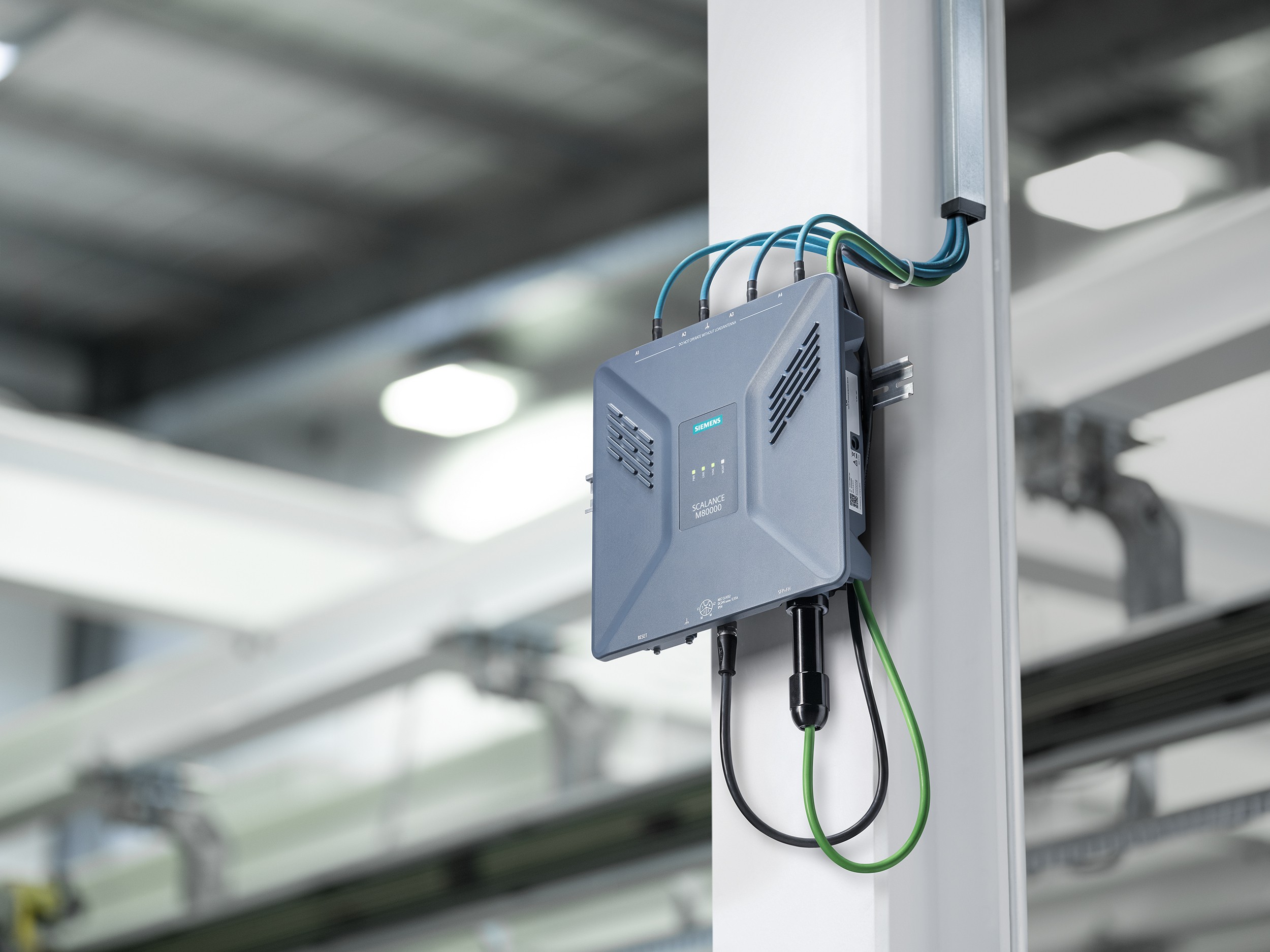In today’s fast-paced manufacturing industry, machine reliability is crucial for ensuring smooth operations and minimizing downtime. To achieve this, manufacturing companies need to adopt advanced maintenance solutions that can help them transition from reactive to proactive and predictive maintenance models.
Mitsubishi Electric, in collaboration with ICONICS, offers a cutting-edge solution called the Mitsubishi Electric Factory Automation (MELFA) robot cloud maintenance solution. This integrated solution harnesses the power of cloud computing and Internet of Things (IoT) technology to revolutionize machine maintenance.
With the MELFA robot cloud maintenance solution, maintenance technicians can monitor and analyze real-time data from the robots remotely. This enables them to detect potential issues before they escalate into major problems, allowing for proactive maintenance. By identifying early warning signs, technicians can schedule maintenance activities during planned downtime, reducing unscheduled downtime and improving overall machine reliability.
The cloud-based nature of the solution also provides technicians with access to historical data and analytics, allowing them to identify patterns and trends that can further optimize maintenance processes. By analyzing data from multiple robots and comparing performance across different time periods, technicians can gain valuable insights into potential improvements and make data-driven decisions.
In addition to proactive maintenance, the MELFA robot cloud maintenance solution also enables predictive maintenance. By leveraging machine learning algorithms, the solution can predict machine failures based on historical data and machine performance. This allows technicians to take preemptive measures, such as replacing worn-out components or adjusting maintenance schedules, to prevent unexpected downtime and optimize machine performance.
Manufacturing companies that adopt the MELFA robot cloud maintenance solution can significantly enhance their machine reliability. By shifting from a reactive maintenance model to a proactive and predictive one, they can minimize downtime, improve productivity, and reduce maintenance costs.


